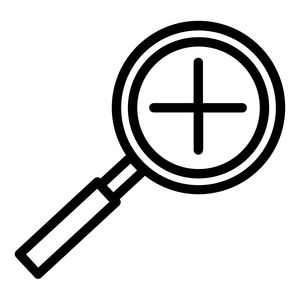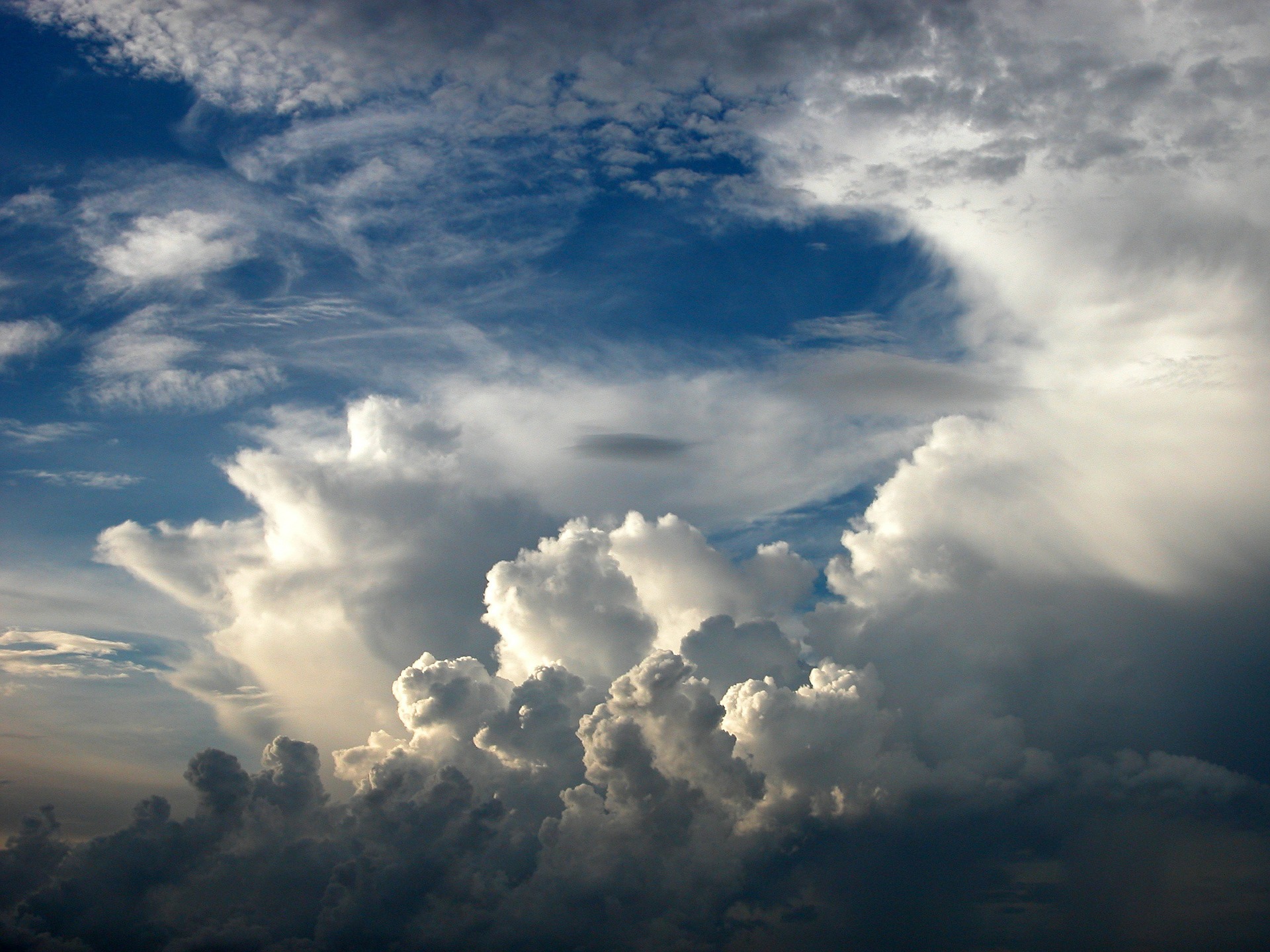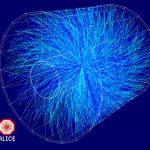What’s new in the atmosphere?
In conjunction with the 4th National Conference on Air Quality held in Montrouge on 9 and 10 October 2018, I’MTech sat down with François Mathé, a researcher in atmospheric sciences at IMT Lille Douai to ask him five questions. He gave us a glimpse of the major changes ahead in terms of measuring and monitoring air pollutants. Between revising the ATMO index and technical challenges, he explains the role scientists play in what is one of today’s major public health and environmental challenges.
The ATMO index, which represents in France air quality with a number ranging from 1 (very good) to 10 (very bad), is going to be revised. What is the purpose of this change?
François Mathé: The concept of an index to represent outdoor ambient air quality is that it is an indicator that provides a daily report on the state of the atmosphere in a clear, easily-accessible way for people who live in cities with over 100,000 residents. The ATMO index is based on measured concentrations of pollutants which are representative of their origins: ozone (O3), particulate matter (PM10), nitrogen dioxide (NO2), and sulfur dioxide (SO2). A sub-index is calculated for each of these chemical species, which is determined daily based on average pollution levels considered for specific stations — those which are representative of ambient pollution, or “background pollution”. The highest sub-index corresponds to the ATMO index. The higher the value, the lower the air quality. The problem is that this approach doesn’t take into account proximity phenomena such as vehicle or industrial emissions, or the cocktail effect — if the four pollutants all have a sub-index of 6, the ATMO index will be lower than if three of them have a sub-index of 1 and the fourth has a sub-index of 8. Yet the cocktail effect can have impacts on health, whether short or long-term. This is one of the reasons for the index revision planned in the near future, to better report on the state of the atmosphere, while updating the list of pollutants taken into consideration and making our national index consistent with those used by our European neighbors.
Why does the list of pollutants considered have to be updated?
FM: Sulfur dioxide (SO2) and carbon monoxide (CO) are chemical compounds that were in the spotlight for a long time. Although their toxicity is a real issue, these pollutants are now associated with very specific, clearly-defined situations, such as industrial sites or underground parking lots. At the national level, it is no longer appropriate to take them into account. Conversely, new species are emerging which are worth highlighting on a national scale. In June, the ANSES published a notice on non-regulated air pollutants that should be taken into consideration in monitoring air quality. The list includes pollutants such as 1.3-butadiene, ultrafine particles (UFP), soot carbon, and others. In France, we also have a very specific problem: plant protection products, i.e. pesticides. The ANSES has established a list of over 90 of these types of products which are currently being assessed through a year-long project covering the entire French territory. As a result, all of these ‘new pollutants’ require to re-examine how air quality is presented to citizens. In addition, we could mention pollens which are often ‘marginalized’ when it comes to monitoring air quality in France.
Against this backdrop of changing the way air quality is assessed and represented, what role do researchers play?
FM: Behind these notions of measuring, monitoring and representing air quality there are regulations, at both national and European level. And regulations imply technical standards and guidelines for the organizational aspect. That’s where the central laboratory for air quality monitoring (LCSQA) comes in. It serves as the central scientific reference body, bringing together IMT Lille Douai, Ineris, and LNE (the national laboratory of metrology and testing). By pooling different skills, this body acts as a foundation of expertise. It is responsible for tasks such as validating technical documents establishing methodologies to apply for pollutants measurement, setting requirements for using devices, verifying the technical compliance of the instruments themselves, etc. For example, we conduct tests on sensors in the laboratory and in real conditions to assess their performance and make sure that they are able to measure correctly, compared to reference instruments.
Where do the regulations and guidelines you use in your work come from?
FM: Mainly from European directives. The first regulations date back to the 1980s and the current texts in force, establishing thresholds which must not be exceeded and measuring techniques to be used, date from 2004, 2008 and 2015 respectively. The 2004 text specifically applies to the chemical composition of PM10, and in particular the concentration of specific heavy metals (arsenic, cadmium, nickel) and of organic compounds (benzo[a]pyrene as a tracer of polycyclic aromatic hydrocarbons). All other regulated gaseous and particulate pollutants are covered by the 2008 directive which was updated by the 2015 text. These regulations determine our actions, but as end users, we also have the opposite role: that of participating in the drafting and revision of standards texts at the European level. The LCSQA provides technical and scientific expertise concerning the application and evolution of these regulations. For example, we’re currently working hard to develop the technical guidelines which will be used for measuring pesticides. We also play a role in verifying the technical compliance of common instruments as well as innovative ones used to improve the performance of real-time measurement, which is essential to having access to a high enough quality of information to be able to take appropriate steps more quickly.
What does this challenge of improving measuring time represent?
FM: Air quality is one of people’s biggest concerns. There is no point in finding out today that we breathed poor quality air last night; the damage has already been done. Quicker information enables us to take preventive action earlier, and therefore be more effective in helping populations to manage the risk of exposure. It also allows us to take action more quickly to address the causes: regulating traffic, working with industry, citizen initiatives, etc. So it’s a big challenge. To rise to this challenge, real-time measurement — provided it is of sufficient quality — is our main focus. In our current system, for a certain number of the pollutants involved, the methodology is based on using an instrument to collect a sample, sending it to a laboratory for analysis, and reporting the results. The idea is to make this measurement chain as short as possible through direct, on-site analysis, with results reported at the time samples are collected, to the extent possible. This is where our role in qualifying devices is meaningful. These new systems have to produce results that meet our needs and are reliable, ideally approaching the level of quality of the current system.
[divider style=”normal” top=”20″ bottom=”20″]
 A MOOC to learn all about air pollution
A MOOC to learn all about air pollution
On October 8, IMT launched a MOOC dedicated to air quality, drawing on the expertise of IMT Lille Douai. It presents the main air pollutants and their origin, whether man-made or natural. The MOOC will also provide an overview of the health-related, environmental and economic impacts of air pollution.
[divider style=”normal” top=”20″ bottom=”20″]




Leave a Reply
Want to join the discussion?Feel free to contribute!